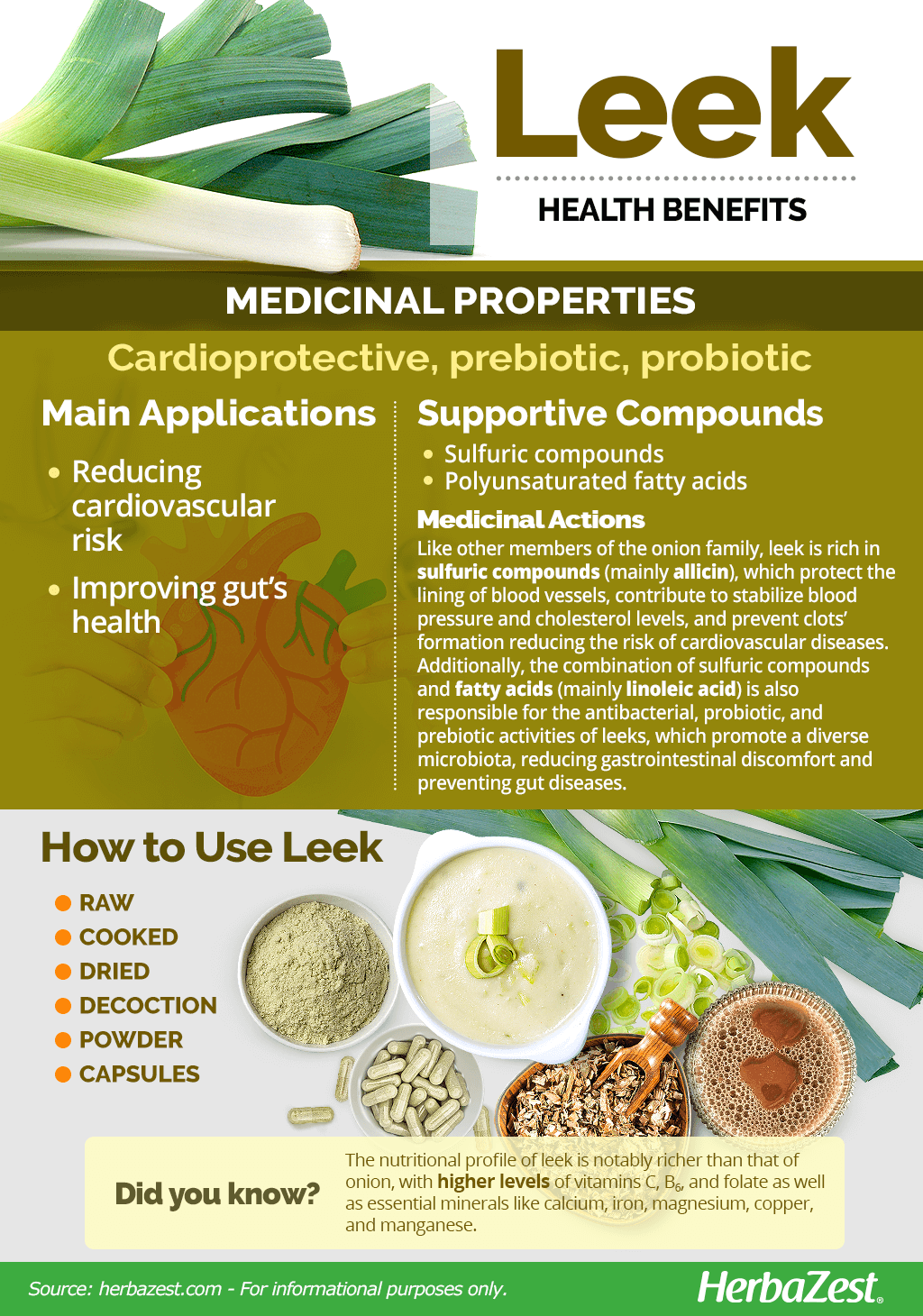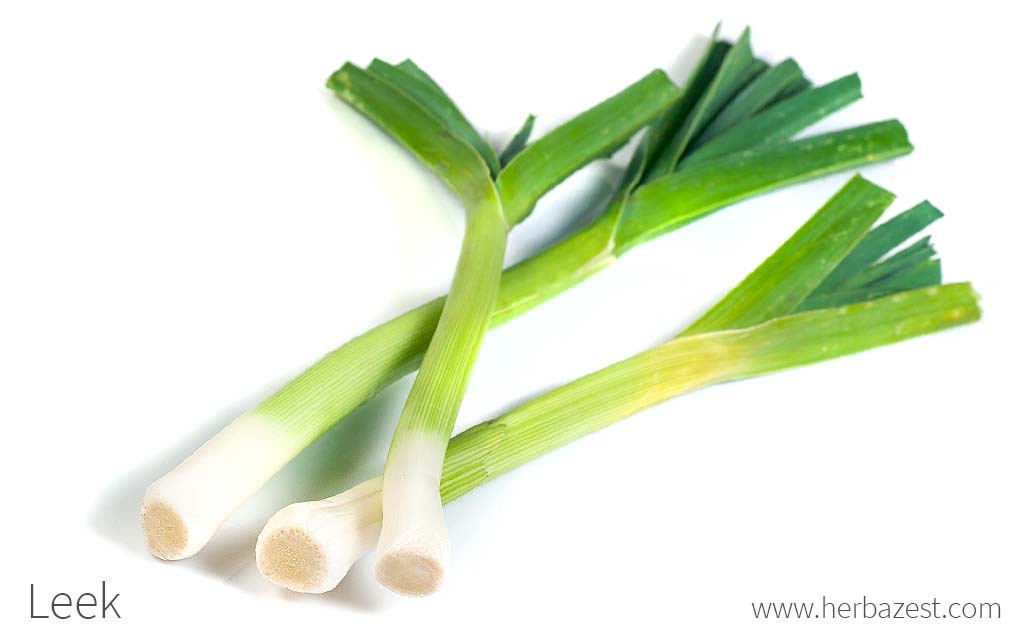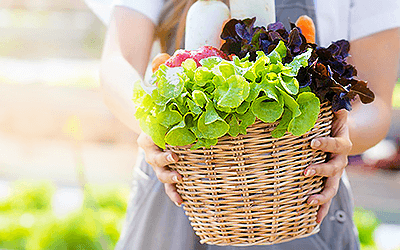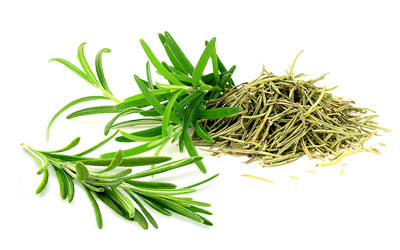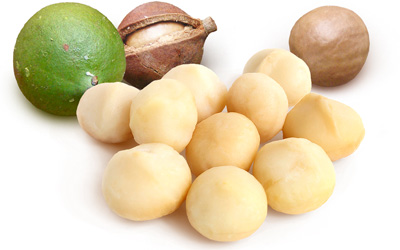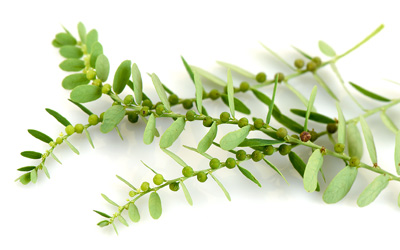Leek, also known as garden leek, cattail, and Welsh onion, is believed to be native to the Mediterranean region, where it has been consumed for millennia, and its nutritional content is similar to other vegetables in the onion family. In recent years, many scientific studies have been shedding light on its health benefits and mechanisms of action.
Leek Medicinal Properties
Health Benefits of Leek
Among the wide-ranging medicinal benefits of leek, its antimicrobial and antifungal properties have been extensively studied. Leek also boast hypolipidemic and cytotoxic activities, and it is commonly used for:
Reducing cardiovascular risk. Leek contributes to a better heart health by promoting the production of red blood cells, protecting the lining of blood vessels, stimulating blood flow, and preventing coagulation as well as reducing cholesterol.
Improving gut's health. Leek is a great source of prebiotic and probiotic compounds, which promote a diverse microbiota, reducing gastrointestinal discomfort and preventing gut diseases.
Additionally, as other vegetables on the onion family, leek has been traditionally used for a variety of medicinal purposes, such as treating bacterial and fungal infections, stimulating appetite, clearing congested airways, and eliminating intestinal worms.
Leek is sometimes used to help with rheumatism by rubbing it onto the affected joint.
How It Works
The main active compound in leek is allicin, the same active ingredient present in garlic and responsible for the useful health benefits in both plants.1 Allicin decreases the stiffness of blood vessel by helping to release nitric oxide (NO) in the vessel walls, which in turn helps to reduce blood pressure. It also stops platelet clot formation and gives the blood vessels clot-breaking ability.2
Allicin, along other sulfuric compounds of leek (diallyl sulfide, allyl methyl trisulfide, dipropyl trisulfide, and dipropyl tetrasulfide), is responsible for the powerful antimicrobial activities of leek, and also contributes to reduce the risk of coronary artery disease (CAD), peripheral vascular diseases (PVD), and stroke, as well as supporting immune and digestive health.2,3
Leeks also show a high proportion of polyunsaturated fatty acids, being linoleic acid the major one. All these compounds support not only bowel health, but are also great allies reducing cholesterol and balancing blood glucose, as well as preventing chronic diseases.4
A PARTICULAR ENZYME OF LEEK, PEROXIDASE, IS ALSO EXTRACTED FROM THE PLANT AND USED TO TEST DIABETICS' BLOOD SUGAR LEVELS.
Side Effects & Interactions
Like other members in the onion family, leeks are rich in sulfuric compounds, mainly alliinase, an enzyme responsible for making people cry when chopping the raw bulbs.
Leeks are contraindicated for people following the FODMAPs diet, since it can cause headaches and flatulence in sensitive individuals, particularly those suffering from irritable bowel syndrome (IBS).
- Medicinal action Cardioprotective, Prebiotic, Probiotic
- Key constituents Sulfur compounds, polyunsaturated fatty acids
- Ways to use Capsules, Decoctions, Food, Powder, Dried
- Medicinal rating (2) Minorly useful plant
- Safety ranking Safe

Leek Nutrition
Leeks not only have a milder taste than other Allium species, but also provide a good deal of nutrition, in some areas surpassing the one of onion.
Leeks are particularly rich in manganese, an essential mineral for strong bones, reproductive functions, and a healthy immune system as well as for cellular protection; copper, which plays a role in the production and transport of red blood cells and its is crucial for energy metabolism; and iron, which is a must for a good red blood cells' supply and healthy bones. All these minerals are present in leeks in considerable higher amounts compared to onion; that alone should be enough reason to consider this vegetable a useful ally of a healthy diet. Other minerals that are present in adequate amounts in leeks are calcium and magnesium.
In the vitamins department, leeks keep on giving; they provide a good deal of vitamin C (ascorbic acid) which further promote strong immunity to prevent and fight common diseases, such as seasonal colds; vitamin B6 (pyridoxine), essential for brain development and proper immune fuction; and vitamin B9, better known as folate, instrumental for fetal development and the metabolism of amino acids.
100 grams of leek provide only 61 calories, 5%DV of carbohydrates and 7%DV of dietary fiber.
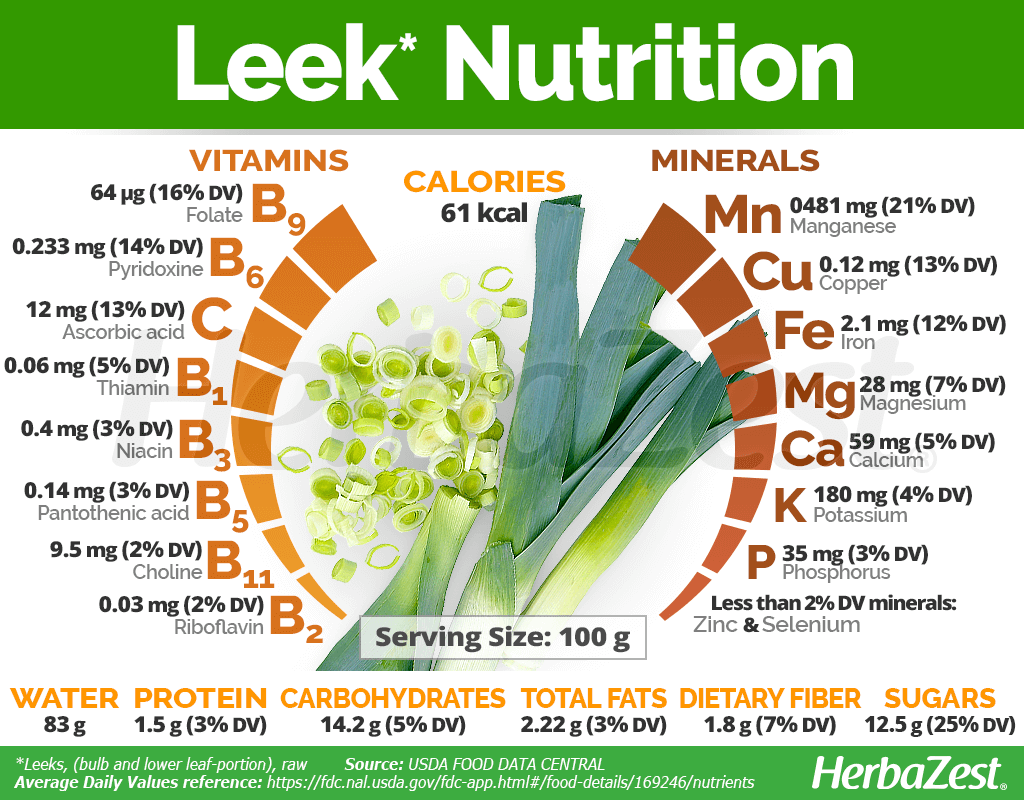
How to Consume Leek
With a more subtle, milder flavor than its cousins, garlic and onion, leek is mainly used in culinary ways, to make pies, soups, salads, and stews. The edible portion of leek includes the leaves and the onion like elongated bulb at its base. When fried, leek preserves its delicate taste and crunchy nature. Drying and powdering leek is not an uncommon way of preserving it to be used as a flavoring agent in different preparations.
Leeks are often paired with potatoes or onions as a central part of the Welsh cuisine.
Natural Forms
Cooked. The thick leaf bases and slightly developed bulb, appearing similar to "green" onions, are eaten as a cooked vegetable with or without attached leaves.
Raw. Leek's green leaves, with a more pungent odor, are commonly used for garnishing and in salads.
Decoction. A leek's decoction can be used to promote urination as well as for clearing phlegm from the lungs and bring relief to cough, bronchitis, asthma, and other respiratory diseases.
Dried. The dried leaves of leek are commonly used for seasoning and culinary decoration.
Powder. Once dried and ground, the leaves and bulb of leek are often used for seasoning soups and stews, alone or in combination with other culinary herbs.
Herbal Remedies & Supplements
Capsules. When taken in standardized daily doses, leek capsules can help detoxifying the body, helping eliminate waste products through the urine as well as promoting cardiovascular and gut health.
- Edible parts Leaves, Stem
- Taste Acrid, Mild
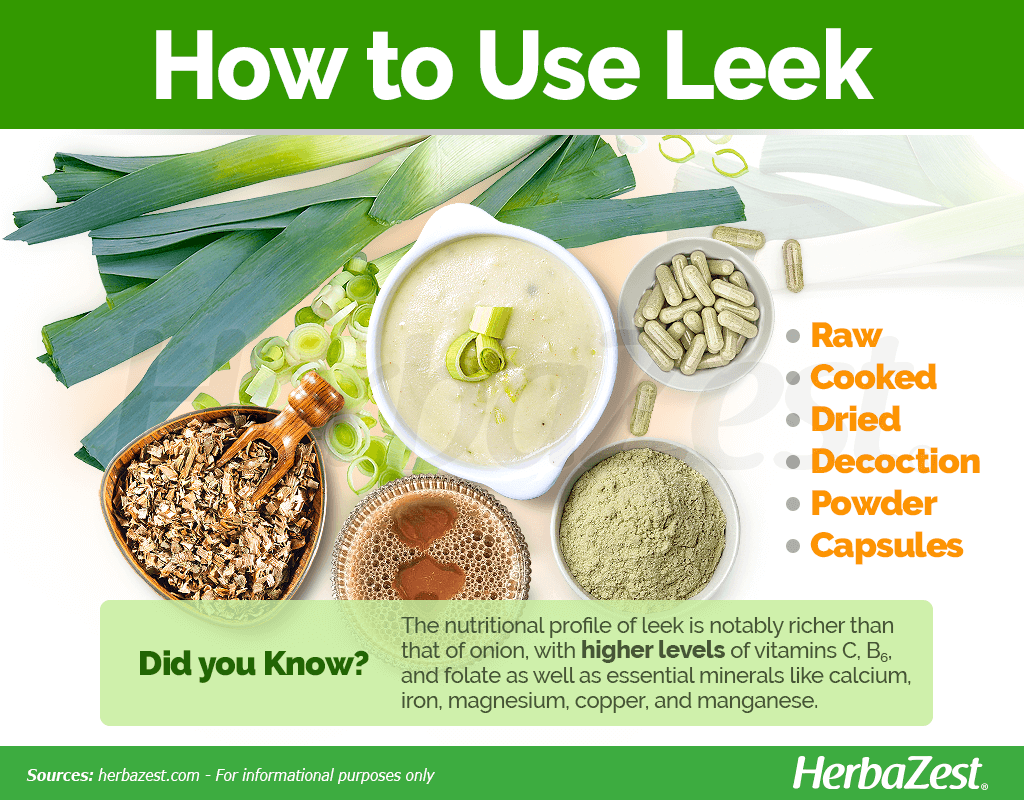
Growing
Leeks naturally perennials, but are often cultivated as biennials. Thanks to its hardiness, the leek plant can survive through extreme climates. However, they thrive under some specific conditions.
Growing Guidelines
Leeks can grow in a variety of climates, but they are very well adapted to temperate to cool conditions.
The ideal growing temperature for this crop is 55 - 75°F (13 - 24°C). Don't plant when daytime temperatures exceed 80°F (27°C).
Leeks require fertile, well-drained soils, rich in organic matter, with an ideal pH of 6.2 - 6.8. When planted in heavy soil, it would be necessary to improve the drainage by mixing in some horticultural sand.
This crop thrives under full sun and it can also do well with partial shade.
Leeks need a steady supply of nitrogen and plenty of water. Feed monthly with an organic fertilizer.
In U.S. territory, the less hardy short-season leeks are planted in the spring, to be harvested during the summer and early fall. For the hardier long-season leeks - which take 100 or more days to maturity - the planting happens during spring (northern areas), and during late summer or fall (southern areas), and the harvesting take place throughout the winter in mild climates and up until the ground freezes in the north.
They propagate by seeds that should be planted about six inches (15 cm) apart and 4 - 6 inches (10 - 15 cm) deep. Ideal germination temperature for leeks is 45 - 95°F (7 - 35°C).
This crop is vulnerable to some pests, such as onion maggot (Hylemya antiqua) and thrips (Thrip tabaci). Among the most common diseases that affect leeks are white rot (Sclerotium cepivorum), white tip disease (Phytophthora porri), rust (Puccinia porri), purple blotch (Alternaria porri) and botrytis leaf blight.
- Harvested parts Leaves, Bulb
- Light requirements Full sun, Partial shade
- Soil Well-drained
- Soil pH 6.1 – 6.5 (Slightly acidic), 6.6 – 7.3 (Neutral)
- Growing habitat Cool temperate regions, Temperate climates, Mediterranean regions, Subtropical regions
- Planting time Spring
- Plant spacing average 0.15 m (0.49 ft)
- Growing time 80 - 100 days
- Potential insect pests Thrips, Onion maggots
- Potential diseases Botrytis leaf spot, Rust, Purple blotch, White tip disease
Additional Information
Plant Biology
Leek is similar to onions and garlic in terms of plant biology. However, it is quite different in appearance; leek is linear in shape and form, and does not have a bulbous end like most other vegetables in the Allium family. The sheaf of leaves spread out at the top of the long, light green stalk, but are generally tightly packed towards the bottom, which is white in color, with layers inside that are akin to onion. Leek leaves are smooth, about 0.5 inch (1.3 cm) wide and 10 inches (25 cm)long. Plants are grown from seed and usually are started in beds for later field planting. Plants are usually blanched by building up soil against them as they grow in the field, but are also grown without blanching.
Classification
Allium ampeloprasum is part of the genus Allium, in the Amaryllidaceae family, which famously includes culinary herbs like garlic (Allium sativum), onion (Allium cepa), and chives (Allium schoenoprasum), all of them with similar medicinal and culinary properties.
Varieties and Subspecies of Leek
Allium ampeloprasum var. porrum is considered a botanical synonym of the more common A. porrum. There are four basic groups of leek based on season of maturity: summer leek, autumn leek, autumn and winter leek, and winter leek.They vary from long, green narrow-leaf types with long slender white stems, to long wide-leaf types with thicker, shorter white stems, and blue green leaves.
Only in the U.S., there are 44 varieties of leek, cultivated in different areas according to weather, light and soil conditions, being the most popular ones 'Lancelot', 'American flag', 'Lincon', 'Musselburgh', 'Gigante d'Inverno', 'Blue Solaise', 'Giant Musselburgh', and 'Electra'.
PEARL ONIONS ARE CLASSIFIED AS A VARIETY OF LEEK UNDER THE NAME A. PORRUM VAR. SECTIVUM OR A. AMPELOPRASUM 'PEARL-ONION GROUP'.
Historical Information
Hailing from the Mediterranean Basin, leeks have been a dietary staple in major civilizations, such as the Ancient Greeks and Romans. According to historical accounts leeks were a favorite food of Roman Emperor Nero, who believed that eating them could help his voice.
In Wales, leek is a symbol of St. David's Day, the patron of Celts that fought Normans' invasion during the late 11th century. During the war, the Welsh army won out against a superior British force by distinguishing themselves with leeks on their lapels.
Economic Data
Indonesia is the leading producer of leek, having produced an average of 411,000 metric tons between 1993 - 2013, followed by Turkey, France, Belgium, China and Poland.
Although not considered as a highly commercially important crop, leeks are also cultivated in U.S. and Canada, being particularly popular among home gardeners.
Popular Beliefs
The leek, a national emblem of Wales, was widely believed to promote victory and the avoidance of wounding in battle if rubbed on the body. Famous fighters would use it in this way before going into a fight.
Other Uses
Food industry. Leek is widely used as a flavoring in different products, such as dehydrated soups and blends of condiments.
Pharmaceutical industry. Due to their antimicrobial and antifungal properties, leek compounds are a common ingredient in health supplements.
- Other uses Fungicide
Sources
- Cornell University, Leeks
- Food Research International, Nutrients, phytochemicals and antioxidant activity in wild populations of Allium ampeloprasum L., a valuable underutilized vegetable, 2014
- Government of Canada, Ontario, Ministry of Agriculture, Food and Rural Affairs, Leek production
- International Food Information Council, Functional Foods
- International Journal of Phytotherapy Research, The Role of Diallyl Sulfides and Dipropyl Sulfides in the In Vitro Antimicrobial Activity of the Essential Oil of Garlic, Allium sativum L., and Leek, Allium porrum L., 2012
- Journal of Phytopathology, Inhibition of Some Rot Fungi Polygalacturonases by Allium cepa L. and Allium porrum L. Extracts, 2009
- Volatile Compounds in Foods and Beverages, 1991
- FAOSTAT
- USDA Nutrient Database, Basic Report 11246: Leeks, (bulb and lower leaf-portion), raw
- Journal of Medicinal Food, Hypolipidemic activity of Allium porrum L. in cholesterol-fed rabbits, 2006
- Garlic and Other Alliums, p. 31
- Germplasm Resources Information, Allium porrum L
Footnotes
- Food Research International. (2014). Nutrients, phytochemicals and antioxidant activity in wild populations of Allium ampeloprasum L., a valuable underutilized vegetable. Retrieved July 18, 2024, from: https://www.sciencedirect.com/science/article/abs/pii/S0963996914001616
- Phytotherapy Research. (2012). The Role of Diallyl Sulfides and Dipropyl Sulfides in the In Vitro Antimicrobial Activity of the Essential Oil of Garlic, Allium sativum L., and Leek, Allium porrum L. Retrieved July 18, 2024, from: https://pubmed.ncbi.nlm.nih.gov/22610968/
- Journal of Phytopathology. (1993). Inhibition of Some Rot Fungi Polygalacturonases by Allium cepa L. and Allium porrum L. Extracts. Retrieved July 18, 2024, from: https://onlinelibrary.wiley.com/doi/abs/10.1111/j.1439-0434.1993.tb01418.x
- Journal of Oleo Sciences. (2020). Chemical Composition, Oxidative Stability, and Antioxidant Activity of Allium ampeloprasum L. (Wild Leek) Seed Oil. Retrieved July 18, 2024, from: https://pubmed.ncbi.nlm.nih.gov/32281562/
